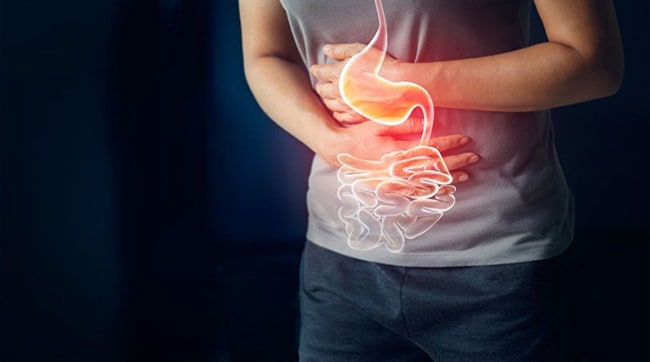Key points
- The most common symptoms of food poisoning include diarrhea, stomach pain or cramps, nausea, vomiting, and fever.
- Signs of severe food poisoning include bloody diarrhea, diarrhea that lasts more than 3 days, fever over 102°F, vomiting so often that you cannot keep liquids down, and signs of dehydration.

Symptoms
You can get sick with food poisoning after swallowing certain germs, like Salmonella or E. coli. Your symptoms may vary, depending on the germ you swallowed. Symptoms can range from mild to serious and can last for a few hours or several days.
The most common symptoms of food poisoning are:
- Diarrhea
- Stomach pain or cramps
- Nausea
- Vomiting
- Fever
If you have diarrhea or vomiting, be sure to drink plenty of fluids to prevent dehydration (not having enough water in your body).
Complications and when to seek help
Seek help
See a doctor if you have any symptoms that are severe, including:
- Bloody diarrhea
- Diarrhea that lasts more than 3 days
- High fever (temperature over 102°F)
- Vomiting so often that you cannot keep liquids down
- Signs of dehydration, which include not urinating (peeing) much, a dry mouth and throat, and/or feeling dizzy when standing up
See your doctor if you are pregnant and have a fever and other flu-like symptoms. Some mild infections can cause problems with pregnancy.

Complications
Most people have mild illnesses, but some infections spread by food are serious or even life-threatening. Some people may need to be hospitalized, and some illnesses lead to other health problems, including:
- Meningitis
- Kidney damage
- Hemolytic uremic syndrome (HUS), which can cause kidney failure
- Arthritis
- Brain and nerve damage
For some people, these health problems can last for weeks or months after recovering from a foodborne illness. For others, they never go away.
Symptoms, sources, and germs
Some germs can make you sick within a few hours after you swallow them. Others may take a few days to make you sick. This table provides details about the symptoms caused by different germs, when they usually start, and common sources for those germs. Search the table for symptoms you are having.
